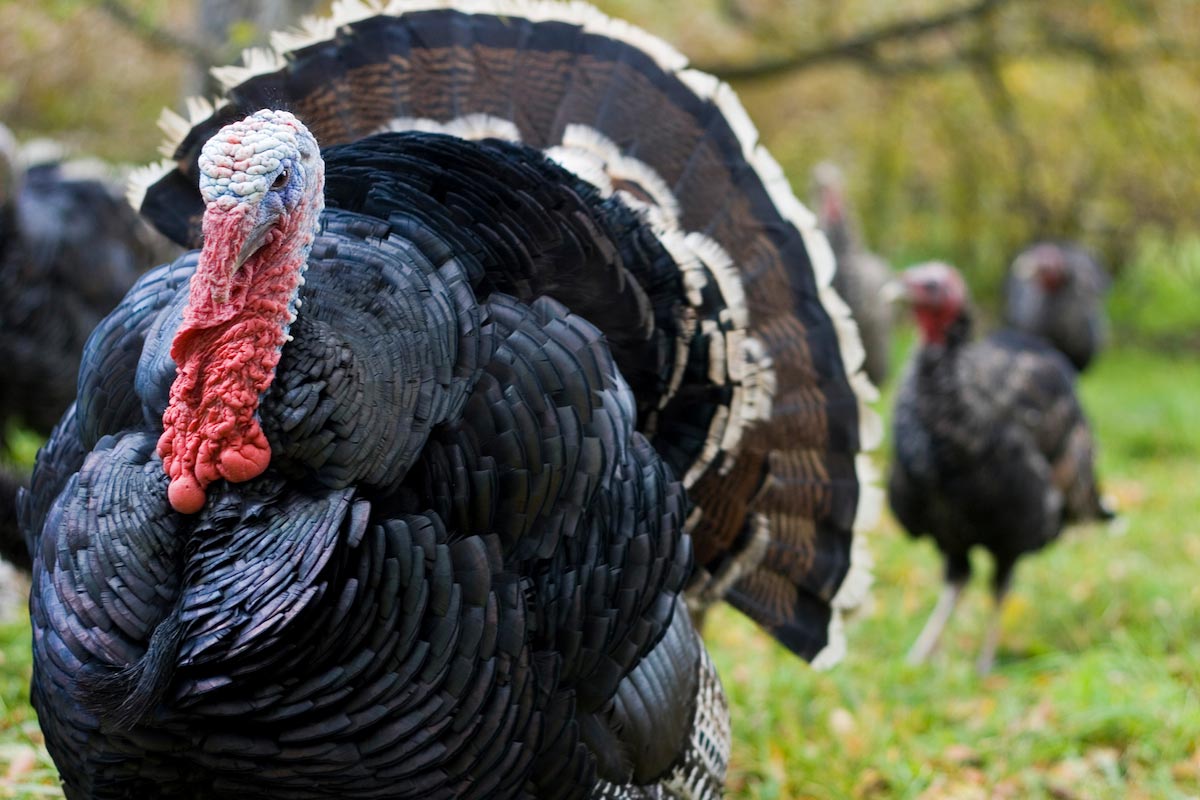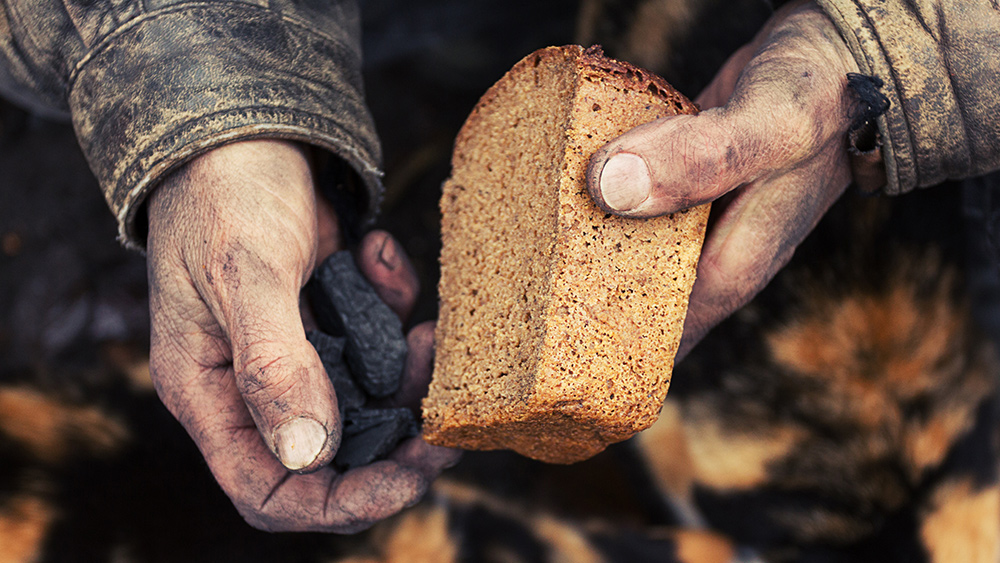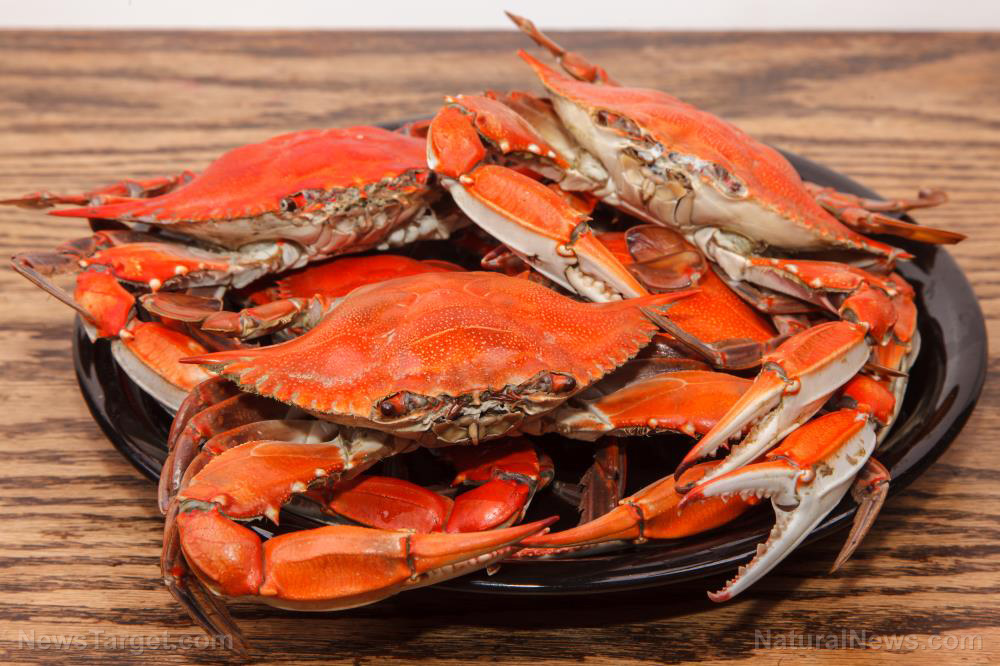
Advertisement
(Homesteading.news) When the subject of raising fowl comes up most homesteaders immediately think “chickens,” and that’s understandable, given that they are the most common domesticated farm fowl. But there are a number of reasons why you should consider raising gobblers – turkeys – on your place.
These gorgeous, multi-colored and friendly birds, when raised locally and not on a turkey factory farm, produce some of the most flavorful, farm-fresh roasted meat you’ll ever have, and it will leave you never wanting to settle once more for a store-bought bird.
Getting started
As noted by Mother Earth News, the easiest and least-expensive way to get started raising gobblers is to purchase day-old turkeys in the spring. These baby gobblers, known as poults, will need a brooder area so that should be set up before they arrive. One recommendation is to brood them in a plastic children’s wading pool. You can put about an inch of wood shavings in the bottom and hang one or two heat lamps overhead to keep the birds warm. The round design of the pool will keep the birds from piling in one corner and smothering each other. After the first week, raise the lamps to reduce the floor temperature by about 5 degrees and repeat each week until you no longer need the lamps.
You will need one feeder and waterer for every 25 birds. As for feed, Purina Game Bird Starter is a good brand, Mother Earth News notes.
After about a week take the birds out of the wading pool so they have a larger area to roam – an 8 by 8 foot space indoors will do nicely for about three weeks. Soon the birds will start perching, and when they do that tells you they’re ready to roost. For that, place a small mount branch about a foot off the ground.

When outside temperatures are 75 degrees or above, gobblers six weeks and older can begin going outside; if it is rainy and cold, keep them indoors. By week eight your gobblers can go outside to pasture; you may find that eventually your birds won’t want to go back inside at night unless you force them.
Probably the best plan, though, is to build a roost and place it inside a pen where your gobblers can roam free during the day and roost on their own at night. The range is a short grass pasture, about four to six inches (bluegrass works well, though any grass will do). Also be mindful that turkeys love to fly into trees; try to choose a site without trees inside your pen (their droppings will pile up beneath the tree to unacceptable levels).
As for the pen, “you will need some woven-wire field fence, such as 1047-12-11 (available from farm or hardware stores), to keep predators, such as dogs, foxes and raccoons, away from your birds,” notes Mother Earth News. “If you don’t want to make this a permanent fence, partially drive in some metal T-posts so they can be removed later, or use an electric poultry netting.”
Here’s a short video showing one turkey pen idea:
As long as there is a roost for your turkeys (that is heated for winter), and a pen to keep out predators, you birds should do fine. And again, they will taste much better than any bird you’ve ever purchased in a store. As you can see here, you can even raise them in the winter (and here’s another pen design idea):
Homesteading.news is part of the USA Features Media network.
Submit a correction >>
Advertisement
Advertisements















